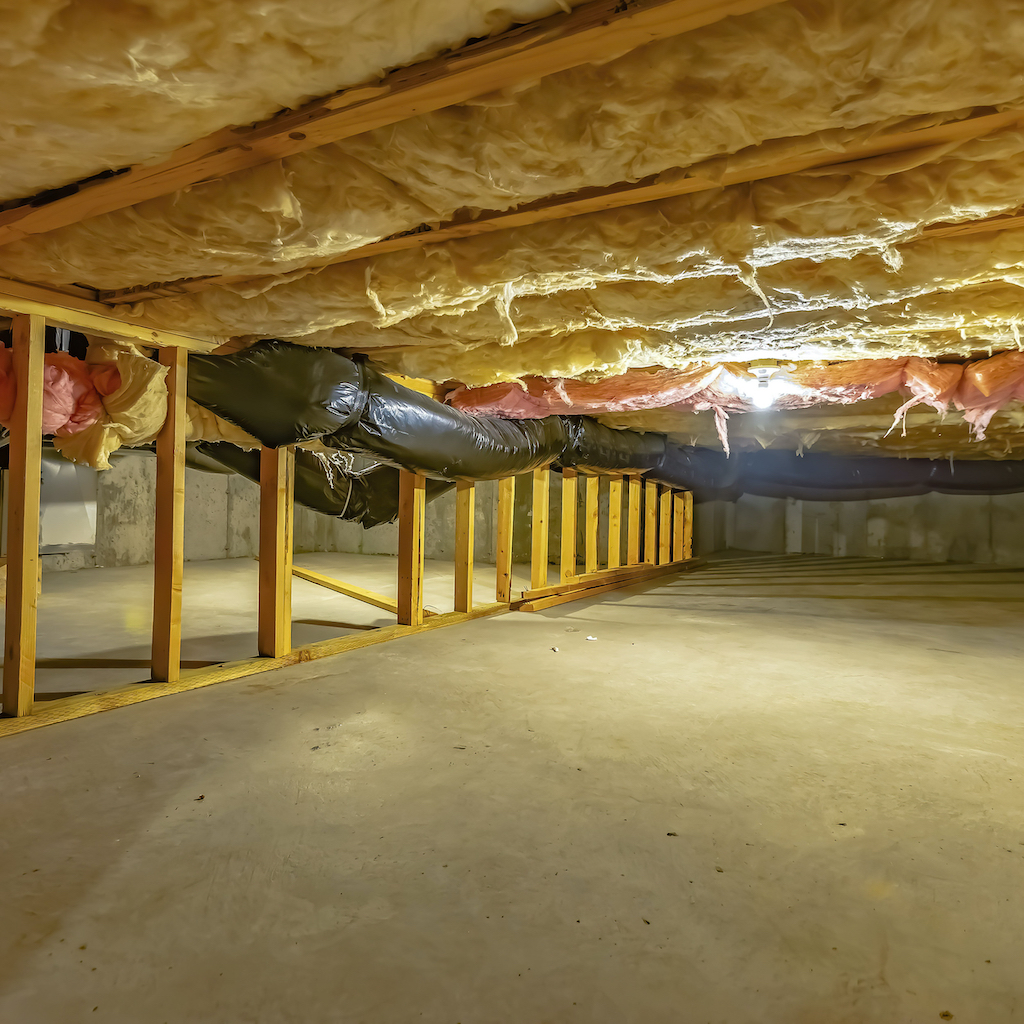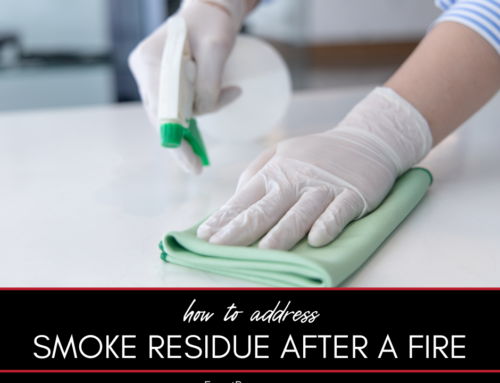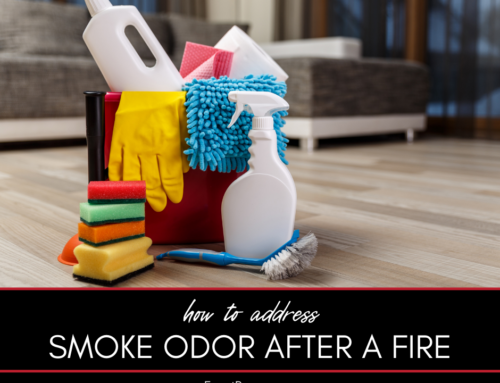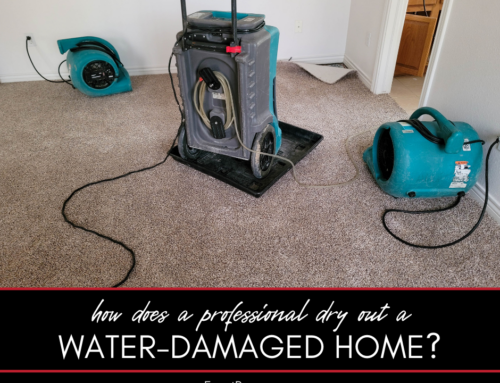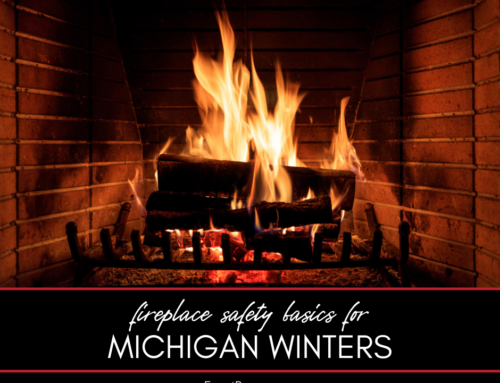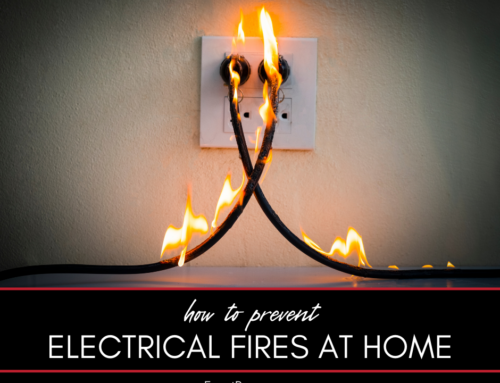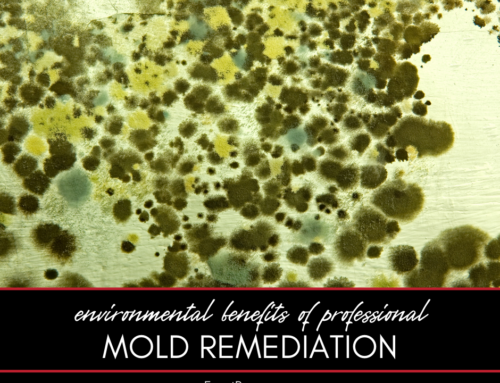If your home has a crawl space you’re probably not very well acquainted with it. After all, a vast majority of these areas are cramped, unlit, and populated with more than a few creepy crawlies.
Although your crawl space may be out of sight, out of mind, if it’s not properly maintained excessive moisture in this area could cause major damage to your home in these three ways.
Foundation Decay
Puddles or standing water in your crawl space can eventually compromise the soil beneath the footings of your home and cause the foundation to settle.
This water can press against the walls of the foundation, fill up the hollow cores of cinder block, and seep through the seams of poured concrete—all jeopardizing the integrity of your foundation.
Weakened and Rotted Structural Wood Framing
If moisture is allowed to infiltrate your crawl space for an extended length of time your home’s structural wood framing system in that area can weaken and begin to rot. This can include your home’s sill plate, floor joists, band joists, and beams. (The sill plate is the bottom horizontal portion of a wall to which its vertical components are attached. The sill connects the house to the foundation).
Rotting is especially likely if your crawl space is insulated with fiberglass batting—a practice that has only proven to cause the surrounding structure to stay moist. Constant dampness accelerates rotting, and the lumber will have to be replaced or reinforced to prevent sagging floors, cracking drywall, and sticking windows and doors in your home.
Mold Growth
Water intrusion in your crawl space makes for a wet foundation and wood structure, which are ideal conditions for biological growth—in other words: mold. It’s important to understand that mold spores in your crawl space can circulate up into the rest of your home via your HVAC system.
Mold can cause serious health issues for you and your family—especially if anyone in your household suffers from allergies or asthma.


